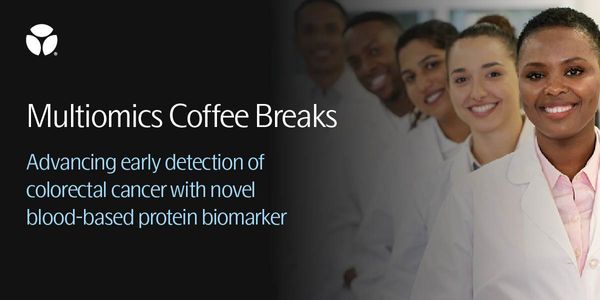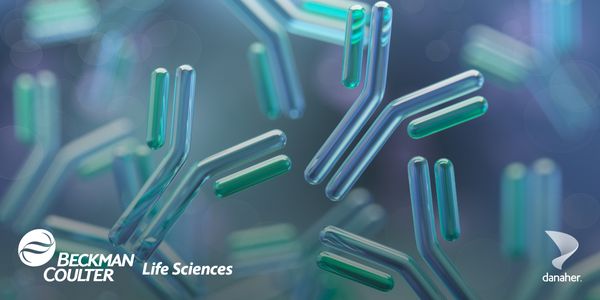Multidimension Chromatography; a Disruptive Technology - A Netflix Effect in the World of Chromatography!
-
Claude Mallet, PhD
Senior Scientist, Waters CorporationBIOGRAPHY
Chromatography is the first choice in separation technique for a wide selection of applications, across many fields, ranging from simple to highly complex extracts. The main rationale for its use is the resolution power, or peak capacity, and ultimately the separation recording of an extract into its distinct components. Thus, increasing the performance of chromatography is inevitably linked to improvements in peak capacity. With this goal in mind, innovative researchers lead the introduction of sub 2 um particles (UPLC), core-shell particles, and monolithic stationary phases, and produced attainable performance of peak capacity up to a thousand for 1D LC separation. However, from Giddings work, the actual peak capacity of any given single dimensional separation is still far below the theoretical calculation.
With new technologies, newer solutions emerge for the most difficult of applications. The concept of hyphenated systems or multi-dimension chromatography was designed, at first, for solving complex analyses. The peak capacity, or chromatographic separation power, can be increased by combining several separation dimensions (in most cases, two) each using optimized conditions for maximum resolution. The main challenge is the transfer of closely resolved analytes from the primary resolving dimension (PRD) to the secondary resolving dimension (SRD). Nowadays, multi-dimensional-chromatography is gaining acceptance for both targeted and untargeted analysis of complex mixtures. However, at its beginnings, the technique was perceived as highly complex in terms of the necessary hardware and difficulty to gain in-depth insight for practical usage.
In recent years, advances in software control enabled hyphenated instrumentation platforms with enhanced performance and relative ease of use. Additionally, multi-fluidic circuits have been shown to decrease the cost and time of sample preparation, improve chromatographic peak shape, and enhance sensitivity. In this presentation, several forensic and environmental applications will be discussed to fully demonstrate the capabilities of modern 2D LC/MS/MS workflows.
Learning objectives:
1. Novel extraction techniques for wide range of applications
2. Exploring the world Multidimension liquid chromatography and the myth of a technique difficult to master.
Multidimension Chromatography; a Disruptive Technology - A Netflix Effect in the World of Chromatography!
Please update your information
Certificate of Participation
DOWNLOAD CERTIFICATE






